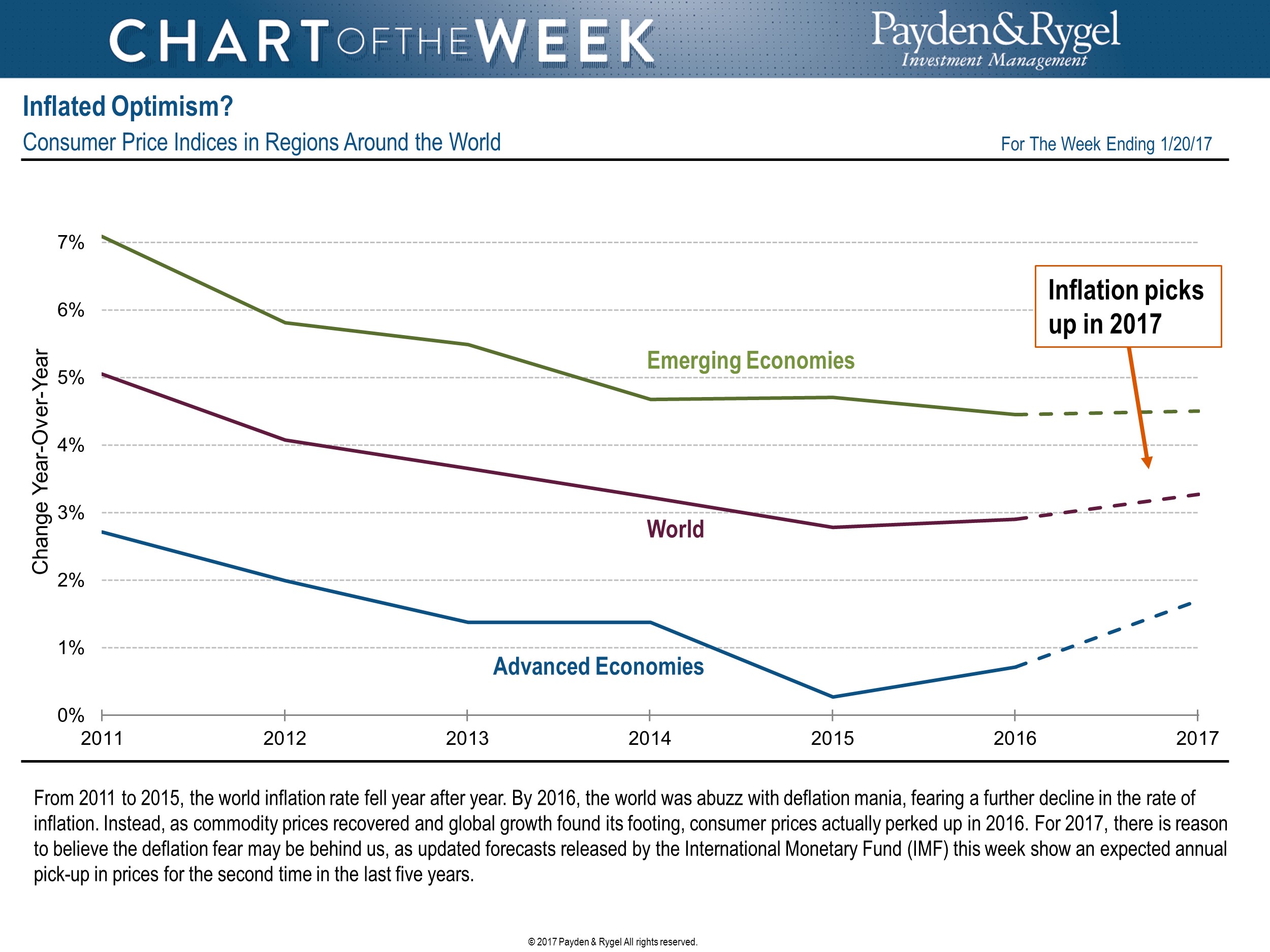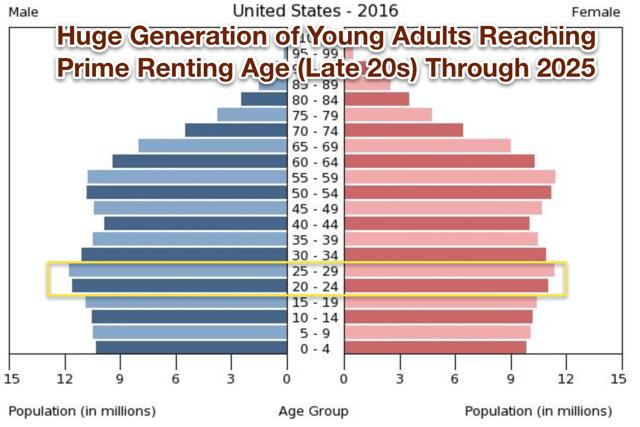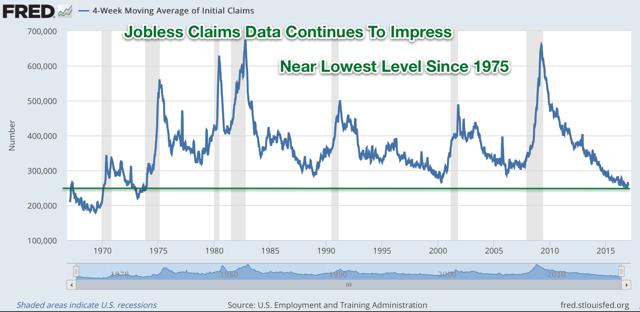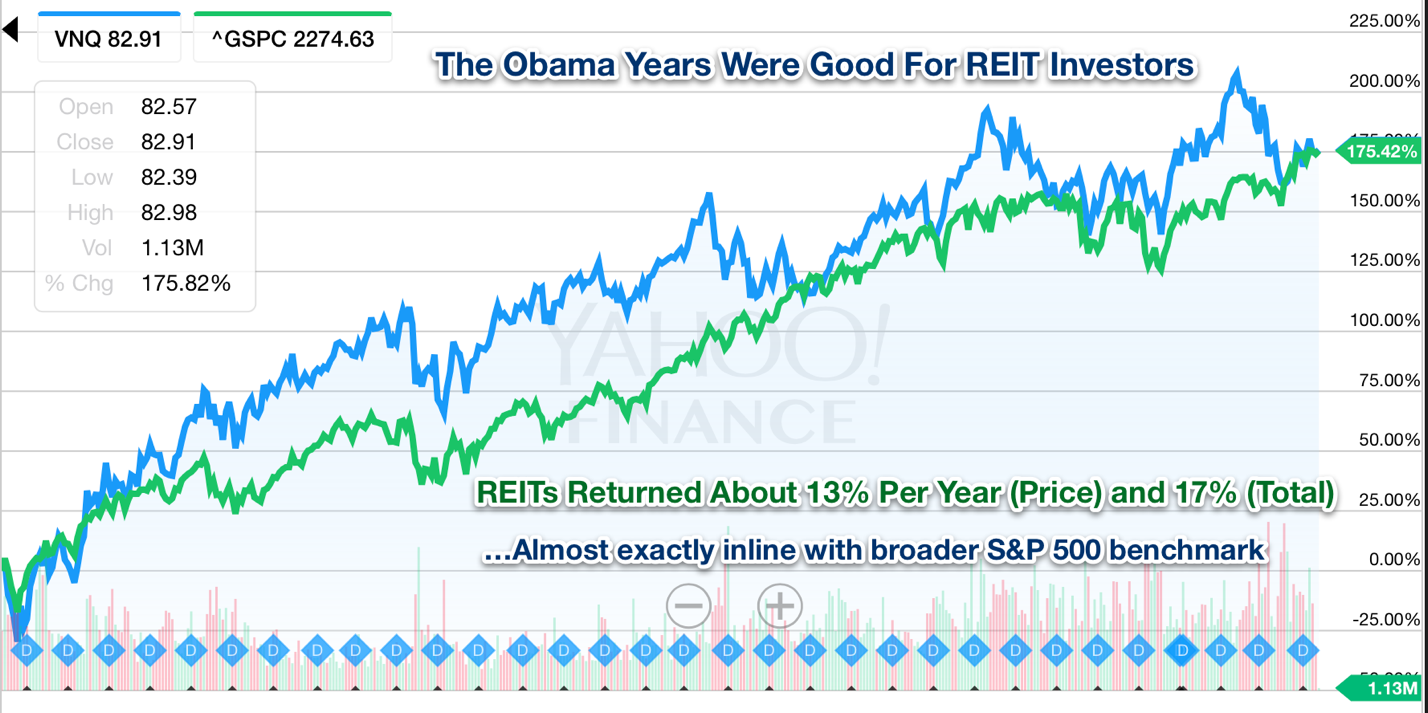why you should be an indexed investor only I have always contended that the reason so many active managers underperform is not because markets are efficient, but because of structural problems within the money management industry and behavioral problems within managers themselves. To put it bluntly, greed, conflicted interests and the herding instinct to closet index are all built into the system for most managers. Managers serve two masters--fund shareholders and fund company owners--and the latter too often cares too little about the former.
There are ways to appropriately incentivize managers to put fund shareholders first, compensating them solely on long-term risk adjusted returns as opposed to asset gathering, but few fund shops follow this practice and thus deserve to go extinct from the index onslaught. Another way is to insist that managers invest a significant portion of their net worth in their own funds. Again, few managers do this.
But imagine a fund where the manager was an employee of the fund, not of a fund management company with an external set of shareholders seeking to profit off of asset gathering. Imagine a fund where the management fee was a fixed or flat number, not based on assets, and a bonus was allotted based solely on the manager outperforming a benchmark on a risk-adjusted basis over five years--a full market cycle. Meanwhile, the manager was required to invest a significant percentage of his/her liquid net worth in the fund. Such a structure I would argue would have a better chance of beating the market than the way funds are designed today.
Closet indexing is another problem as managers face career risk from underperforming a surging benchmark to a significant degree, so most herd together and try not to deviate too much from the benchmark. After fees obviously they will underperform but not so much they will get fired.
I would contend that there are only a handful of money managers who behave as true fiduciaries and always put shareholders needs first. That is why so many underperform in my view, not because markets are efficient.




